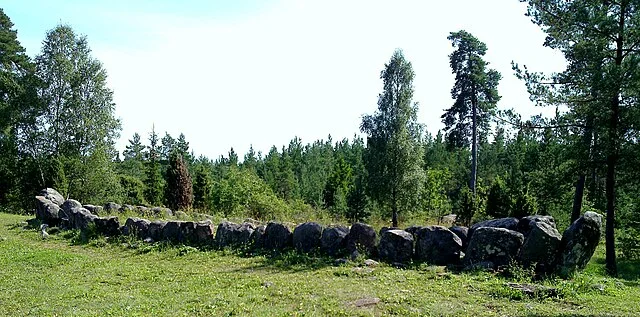Tjelvar’s grave is a significant Bronze Age burial site located on the island of Gotland in Sweden. It is connected to a legendary figure, Tjelvar, who, according to local lore, is said to have brought fire to the island. The site dates to around 1500 BC, during the Nordic Bronze Age.
Get your dose of History via Email
The Archaeological Significance
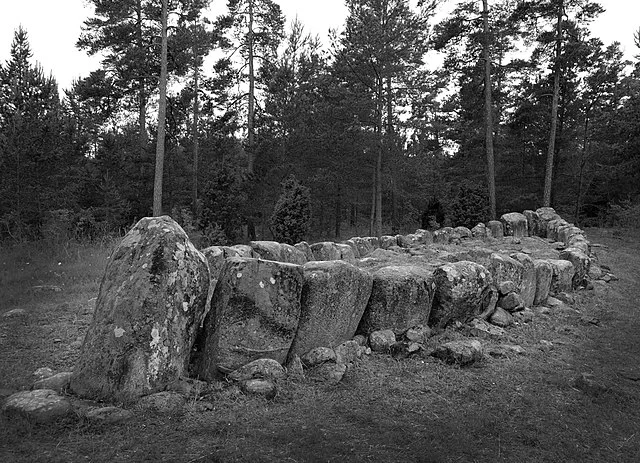
Tjelvar’s grave is a stone ship burial, a type of funerary practice seen throughout Scandinavia during the Bronze and Iron Ages. In these burials, stones are arranged to resemble the outline of a ship. The ship shape likely symbolizes the deceased’s journey to the afterlife. The grave itself is 18 meters long, with large stones marking the perimeter.
The presence of such a grave indicates the importance of the individual buried there. While Tjelvar is a legendary figure, it is not confirmed whether he was a real person or a mythological character. However, the grave represents the burial practices and belief systems of the time, emphasizing the idea of life after death and a journey across water.
Excavations and Findings
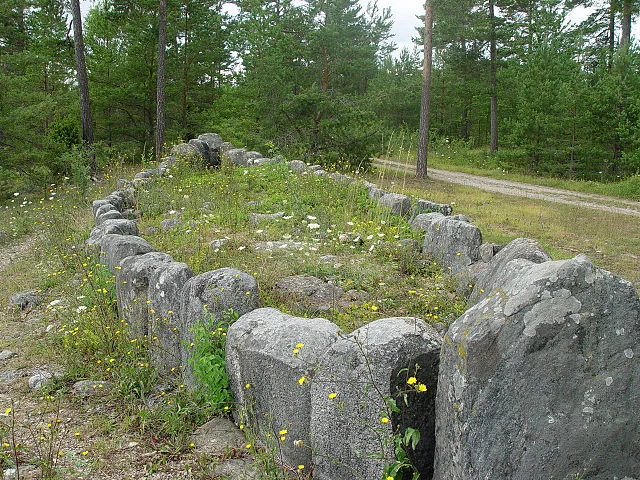
Archaeologists have studied Tjelvar’s grave to better understand the burial practices of Bronze Age Gotland. Excavations have uncovered various grave goods, including bronze artifacts, weapons, and pottery. These items were likely meant to accompany the deceased in the afterlife.
The layout of the site and the artifacts found indicate that the individual buried here may have been a person of high status. The grave’s prominent size and the care taken in its construction reflect the importance of this burial to the local community.
The Myth of Tjelvar
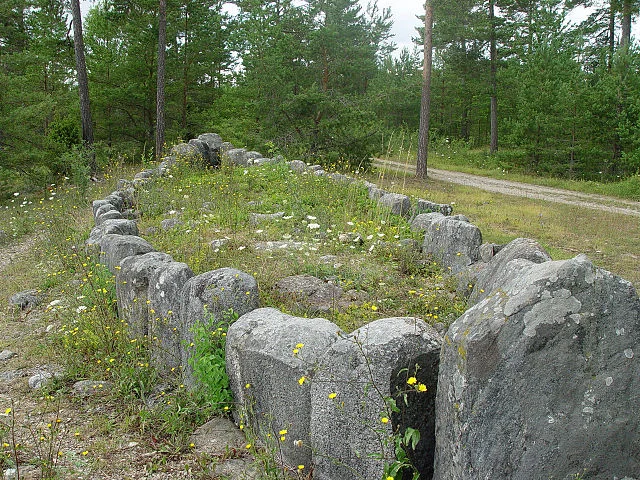
The legend of Tjelvar comes from ancient Norse mythology. According to the story, Tjelvar was the first person to bring fire to Gotland, which made the island stay above water. Before this, the island would sink into the sea every night. While this myth is part of Gotland’s folklore, the grave gives the story an additional layer of historical interest, even if it does not confirm the legend.
Cultural and Historical Context
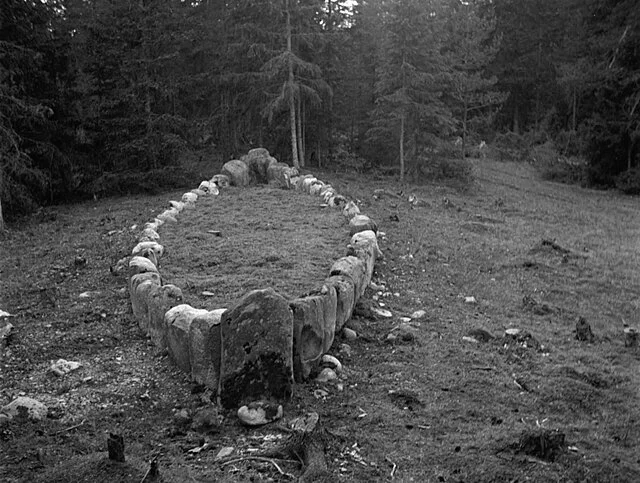
During the Nordic Bronze Age, Gotland was an important trading center. Its location in the Baltic Sea made it a key hub for trade routes between Scandinavia, Eastern Europe, and even the Mediterranean. The burial practices of the time, including stone ship graves, reflect the seafaring culture of the region. Ships were vital for trade and communication, and the symbolic ship graves underscore their importance in life and death.
The stone ship burial at Tjelvar’s grave fits within this broader cultural context, serving as a testament to the beliefs, practices, and importance of seafaring in the Bronze Age society of Gotland.
Conclusion
Tjelvar’s grave is more than just a burial site. It is a window into the past, offering insights into the burial customs, social structures, and belief systems of Bronze Age Gotland. While the legend of Tjelvar adds a layer of mythological intrigue, the archaeological evidence tells a story of a seafaring society with rich traditions and a deep connection to the afterlife.
Source:

